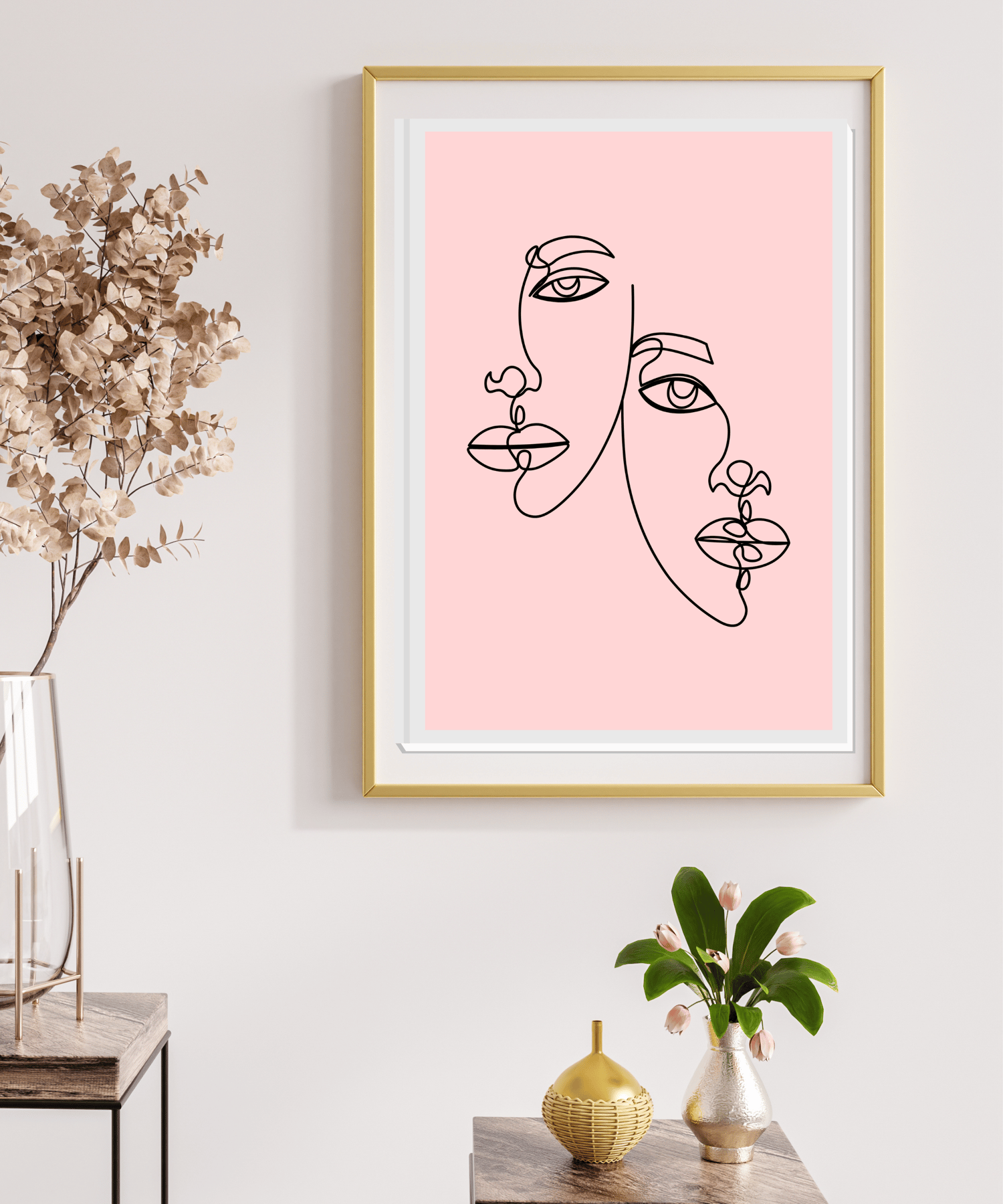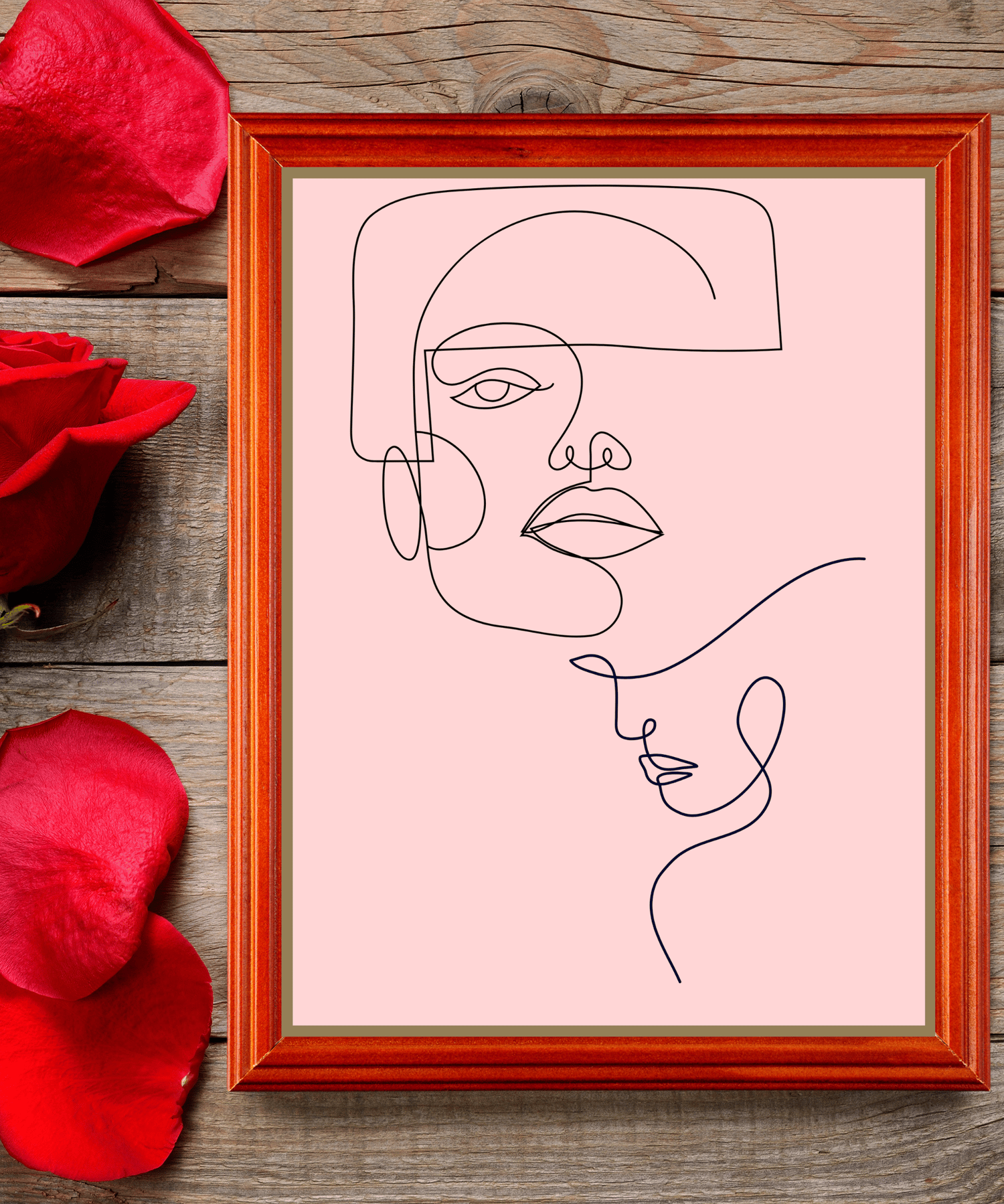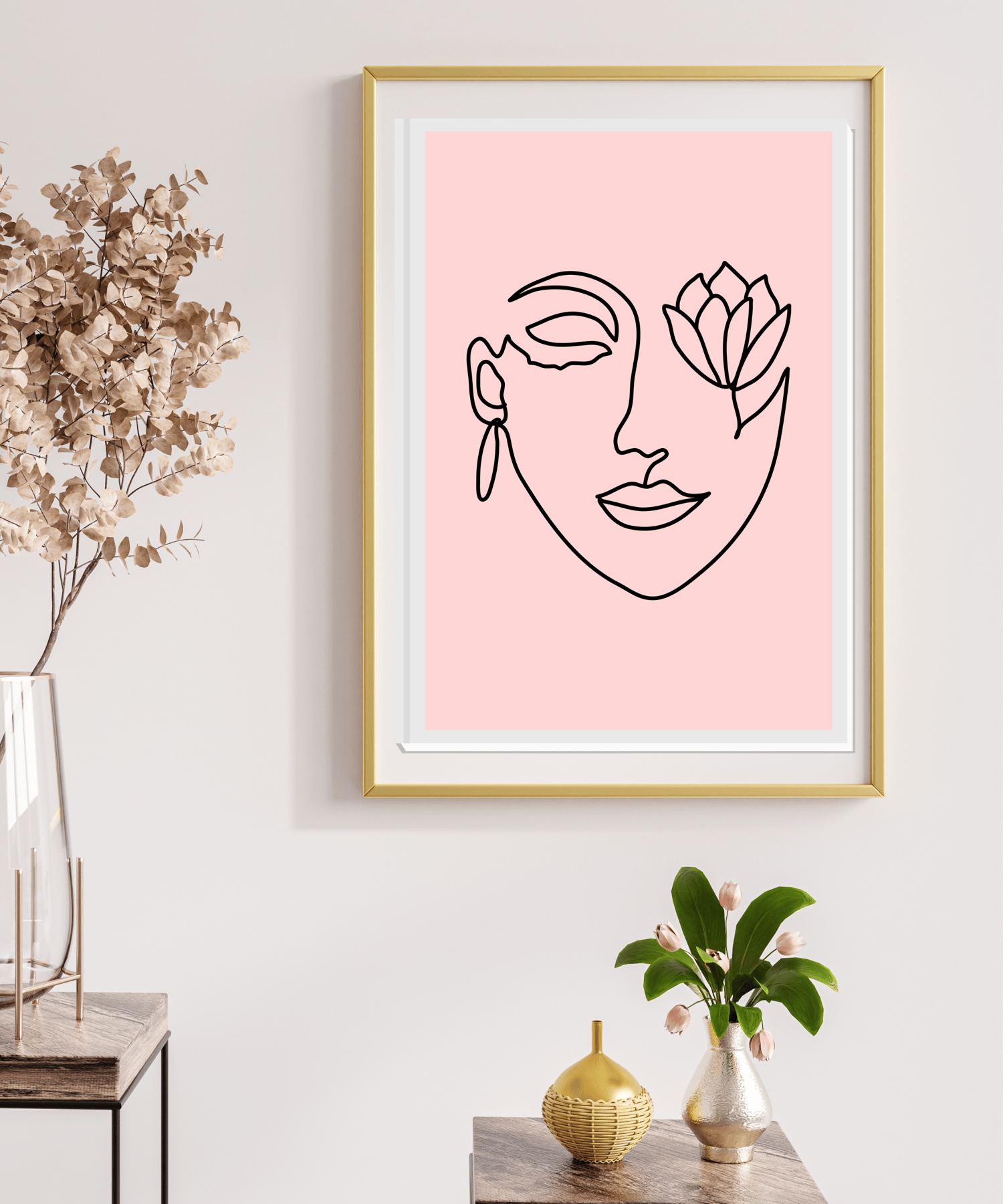How Boho Arts Come Into Existence
Boho arts, short for bohemian arts, are a vibrant and eclectic form of artistic expression that has captivated the world with its unique blend of colors, patterns, and cultural influences. This artistic movement emerged in the late 19th century and has since evolved into a lifestyle that celebrates individuality, freedom, and creativity. In this article, we will explore the origins and evolution of boho arts, the key elements that define this style, and its enduring appeal in contemporary society.

Table of Contents
- Introduction: The Spirit of Bohemianism
- The Birth of Boho Arts
- Key Elements of Boho Arts
- Cultural Influences
- Boho Arts in Fashion and Interior Design
- The Boho Lifestyle
- Modern Interpretations of Boho Arts
- Sustainability and Bohemianism
- The Influence of Social Media
- The Future of Boho Arts
- Conclusion
- FAQs
Introduction: The Spirit of Bohemianism
The bohemian lifestyle has its roots in the Bohemia region of Central Europe, known for its free-spirited and unconventional inhabitants. Bohemians were individuals who rejected societal norms and embraced a life of artistic pursuits, intellectual curiosity, and nonconformity. This counter-cultural movement gave birth to boho arts, which embodied the essence of bohemianism.

The Birth of Boho Arts
Boho arts found their beginnings in the late 19th century as a reaction against the rigid academic standards imposed by traditional art institutions. Artists sought to break free from these constraints and explore new forms of expression. They drew inspiration from various sources, including folk art, exotic cultures, nature, and spirituality. This fusion of influences resulted in a vibrant and eclectic artistic style that defied categorization.
Key Elements of Boho Arts
Boho arts are characterized by several key elements that define their aesthetic appeal. These include:
1. Rich Colors and Patterns
Vibrant hues and intricate patterns are hallmarks of boho arts. Artists utilize a wide palette of colors, ranging from earthy tones to bold and vibrant shades. Patterns inspired by nature, ethnic textiles, and psychedelia add depth and visual interest to the artwork.
2. Freeform and Organic Shapes
Boho arts often embrace organic and freeform shapes, mirroring the unpredictability and fluidity of nature. This allows for a sense of spontaneity and creative expression, as artists move away from rigid forms and structures.
3. Mixed Media and Collage
Boho arts are known for their use of mixed media and collage techniques. Artists incorporate various materials such as fabric, found objects, and recycled materials to create textured and layered compositions that add depth and visual intrigue.
4. Symbolism and Spirituality
Many boho artworks incorporate symbols and motifs that carry spiritual or symbolic meanings. These symbols can be derived from different cultures, mythologies, or personal interpretations, adding a deeper layer of significance to the artwork.
Cultural Influences
Boho arts draw inspiration from a diverse range of cultures and artistic traditions. Artists find inspiration in the folk art of different countries, indigenous art forms, tribal motifs, and ancient civilizations. This cross-cultural exchange creates a rich tapestry of artistic expression that transcends borders and celebrates global diversity.
Boho Arts in Fashion and Interior Design
The influence of boho arts extends beyond the realm of traditional art forms. It has made a significant impact on fashion and interior design, with bohemian-inspired clothing, accessories, and home decor becoming popular worldwide. The boho aesthetic, characterized by flowing fabrics, layered textures, and a mix of vintage and contemporary elements, has become synonymous with a laid-back and carefree lifestyle.
The Boho Lifestyle
Boho arts are closely intertwined with the bohemian lifestyle, which values freedom, self-expression, and a rejection of societal conventions. Individuals who embrace the boho lifestyle often prioritize experiences over material possessions, seek out unique and meaningful connections, and embrace a more sustainable and eco-friendly approach to life.
Modern Interpretations of Boho Arts
In the modern era, boho arts have undergone further evolution, adapting to contemporary trends and influences. Artists continue to push the boundaries of traditional artistic mediums, incorporating digital art, street art, and installations into the boho aesthetic. This fusion of traditional and modern forms of expression keeps boho arts relevant and appealing to new generations.
Sustainability and Bohemianism
The boho movement has a strong connection to sustainability and environmental consciousness. Many artists and enthusiasts of boho arts prioritize ethical and eco-friendly practices, promoting recycling, upcycling, and the use of sustainable materials in their creations. This commitment to sustainability aligns with the bohemian values of living harmoniously with nature.
The Influence of Social Media
In the digital age, social media platforms have played a significant role in spreading the popularity of boho arts. Artists and enthusiasts can easily share their work, connect with like-minded individuals, and gain exposure to a global audience. Social media platforms have become virtual galleries, allowing boho artists to showcase their creations and find inspiration from others.
The Future of Boho Arts
As we look to the future, it is clear that boho arts will continue to evolve and inspire. The enduring appeal of bohemianism lies in its celebration of individuality, creativity, and freedom of expression. As societal norms and tastes change, so too will the manifestations of boho arts. However, its core values of inclusivity, authenticity, and artistic exploration will remain at the heart of this vibrant artistic movement.
Conclusion
Boho arts have emerged as a unique and captivating form of artistic expression that embodies the spirit of bohemianism. With its rich colors, eclectic patterns, and diverse cultural influences, boho arts have found their place in various artistic realms, including fashion, interior design, and digital art. The boho lifestyle, rooted in freedom, individuality, and sustainability, continues to inspire artists and enthusiasts around the world. As we move forward, boho arts will undoubtedly adapt and evolve, reflecting the changing times while staying true to its core values.
FAQs
Q1: Can anyone become a boho artist?
A1: Absolutely! Boho arts celebrate individuality and creativity, so anyone with a passion for artistic expression can explore and create boho-inspired artwork.
Q2: Are there specific rules or guidelines for creating boho arts?
A2: One of the beauties of boho arts is its freedom from strict rules. Embrace spontaneity, experiment with different materials and techniques, and let your creativity guide you.
Q3: Can boho arts be incorporated into home decor?
A3: Yes! Boho arts have had a significant influence on interior design. You can incorporate boho elements through textiles, wall art, and unique decor pieces to create a vibrant and eclectic space.
Q4: What is the best way to learn about boho arts?
A4: Immersing yourself in boho art exhibitions, books, and online communities can provide valuable insights and inspiration. Explore different artists, styles, and techniques to broaden your understanding.
Q5: How can I infuse the boho lifestyle into my everyday life?
A5: Embrace a more free-spirited and conscious approach to life. Focus on experiences, embrace sustainable practices, surround yourself with nature, and let your personal style reflect your bohemian spirit.



Comments ()